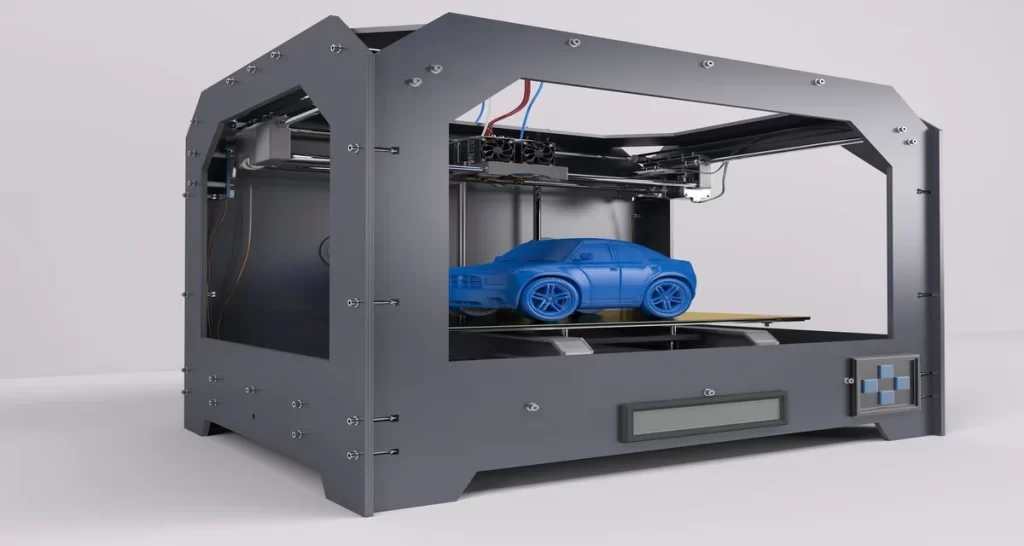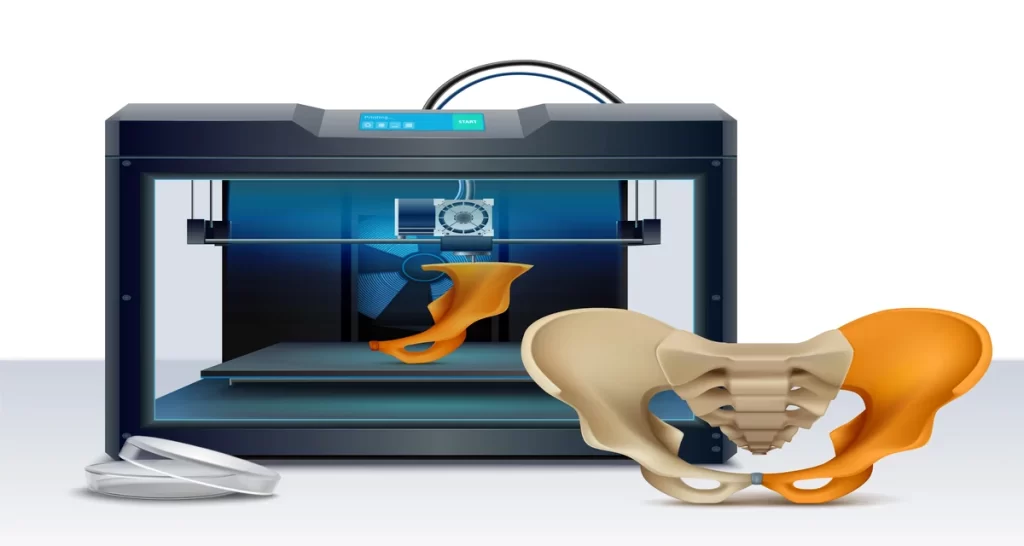Amazing 3D Printing: Beginner’s Guide to Uses & Tips 2024
- September 2, 2022
Because 3D printing is becoming popular in the 21st century, more people are wondering what is 3D printing and how does 3D Printing work. Simply put, in 3D printing, you take a digital design of any format (CAD or any other 3D model) and turn it into a physical object. Is it even possible?
With the advancement of modern science, anything is possible. 3D prints of any models are created by special printers known as 3D printers. However, if you have no knack for 3D prints and are a complete newbie in this line, we have you covered.
In this article, we’ll explore the science behind 3D printing and take a look at the different types of printers. We’ll also discuss what 3D printing is used for and explore some of the best rendering software for SketchUp.
What Is 3D Printing?

I guess we already have a few ideas about what 3D printing is. In its simplest form, 3D printing is the process of turning any digital design into a materialistic form of 3 three dimensions by printing.
How does 3D printing work with 3D and 2D designs? 3D printings generate files with STL or wavefront .obj files. You can turn any computer model into 3D prints.
However, converting 3D models to 3D printing may seem quite easier than converting any 2D design to 3D printing. But it’s possible and requires a unique skill from the 3D printing experts.
Technology has come a long way in recent years, and today there are several different types of 3D printers that can create objects in all kinds of different materials, including plastic, metal, and even concrete. What they all have in common is that they use additive manufacturing or AM to build objects layer by layer.
Note: Additive manufacturing (AM) is also known as Additive layer manufacturing. It is the industrial manufacturing tag for 3D printing.
But how does 3D printing work? We will get to that part in our next section.
Read more : Ergonomics In Design: Find Out What You Are Missing
How Does 3D Printer Work?
We already know what 3D printing is but how does 3D printing work? It’s a pretty simple process, but there’s a lot that goes into it.
First, the printer needs to have a design to work from. This can be something you create yourself using 3D modeling software, or you can download designs from the internet.
Once the design is loaded into the printer, it begins to print out the object layer by layer. The printer uses a variety of materials to create the object, including plastic, metal, or wood.
It may seem like magic, and too amazing to be possible. But it is all just work of science and hard work. And now that you know how it all comes together, you’re one step closer to owning your very own 3D printer!
The History of 3D Printing:
I bet you have already gotten used to 3D printing. But do you know how does 3D printing work earlier?
3D printing has come a long way. Earlier in the 1980s, only the first documentation of 3D printing was iterated. Back then, it was a very slow and expensive process, and the end product was often quite crude. But over the years, the technology has evolved and improved, and today 3D printers are commonplace in homes and businesses around the world.
Several kinds of 3D printing are available, but they all work and share a common mechanism. First, you have to develop a digital model of any selected structure. You can use AutoCAD to create such models.
This model is then sliced into very thin layers. After that, each layer will be transferred into a special digital file. The characteristic of this digital file is that it can be read by any printer. The printer prints these layers one at a time, slowly building up the 3D object.
The great thing about 3D printing is that it can be used for a wide range of applications, from creating prototypes and models to manufacturing replacement parts and even medical implants. So how does a 3D printer work? We hope our article has already provided you with a solution. Now let’s get on to the next point.
Some Common Materials Used in 3D Printing:
You might be wondering what kinds of materials are suitable for 3D printing. It is very fortunate to state that almost anything can be turned into a 3D printable object. There are a few exceptions—like metal and glass—but for the most part, anything goes.
Some of the most common materials used in 3D printing include plastic, metal, ceramic, and paper. But that’s just the beginning. There are all sorts of weird and wonderful materials that have been used in 3D printing, including human tissue, gold, and chocolate.
Do you know what it means? It means that you can create almost anything you want with a 3D printer. Want to make a toy car? No problem. Need a new handle for your coffee mug? No problem. You can even print replacement parts for your broken appliances. 3D printing holds limitless possibilities for the world.
What Do 3D Printers Use?
When most people hear the words “3D printer,” they probably think of those fancy machines that can create anything you want, right on your desktop. But how do those printers work? Is the process as amusing as it seems?
Well, the truth is, 3D printing is a bit more complicated than just clicking a button and having your perfect object materialize before your eyes. Several different methods can be used in 3D printing, and each one has its own set of benefits and drawbacks.
Some of the most common methods used in 3D printing are fused deposition modeling (FDM), stereolithography (SLA), selective laser sintering (SLS), and polyjet technology.
What is 3d Printing Used For?

You might be wondering to what extent you can work with 3D printing. Well, the answer is pretty much anything! You can print toys, tools, medical implants, and even body parts.
3D printing can be used for many applications. Starting from industrial design, and architecture, to education. But the possibilities are endless, and new applications are being discovered all the time.
So how does 3D printer work? It’s actually pretty fascinating. 3D printer formulates progressive layers of material until it develops a 3-dimensional form. You can choose these materials in any form from plastic to metal or glass.
It’s amazing to think about all the things we’ll be able to print with 3D printers in the future. Just think of the possibilities!
Final Verdict
3D printing is one of the coolest and most futuristic technologies around, but how does 3D printing work? – We hope this article provided a clear-cut answer to this question.
In this article, we take a look at the science behind 3D printing and explore the different types of printers that are out there. We also discuss what 3D printing is used for and look at some examples of incredible objects that have been created with this technology.
Finally, we showed you how does 3D printer work in action and explained the process step-by-step. So, go on and find out everything about this amazing advancement in technology.
